
Are you on the hunt for some seriously pretty vegetables to plant in your flower beds? You aren't alone: the buzzword for the summer is 'edimentals', which means – yes, you guessed it – plants that are both edible and ornamental.
One of our favourite garden ideas around, the concept is simple enough: gardens don't just have to be beautiful, they can be functional, too. Which, when you consider the fact that so many of us have jumped aboard all of the grow your own garden trends during this ongoing cost-of-living crisis, is no small thing.
Jon Davies of Wild City Studio, who created The Balance Garden for the Centre for Mental Health at RHS Chelsea Flower Show, made sure to incorporate some seriously pretty vegetables (and vegetables that grow in shade, no less) into his design.
'We wanted to showcase that there's a different way of gardening,' he tells us at Ideal Home.
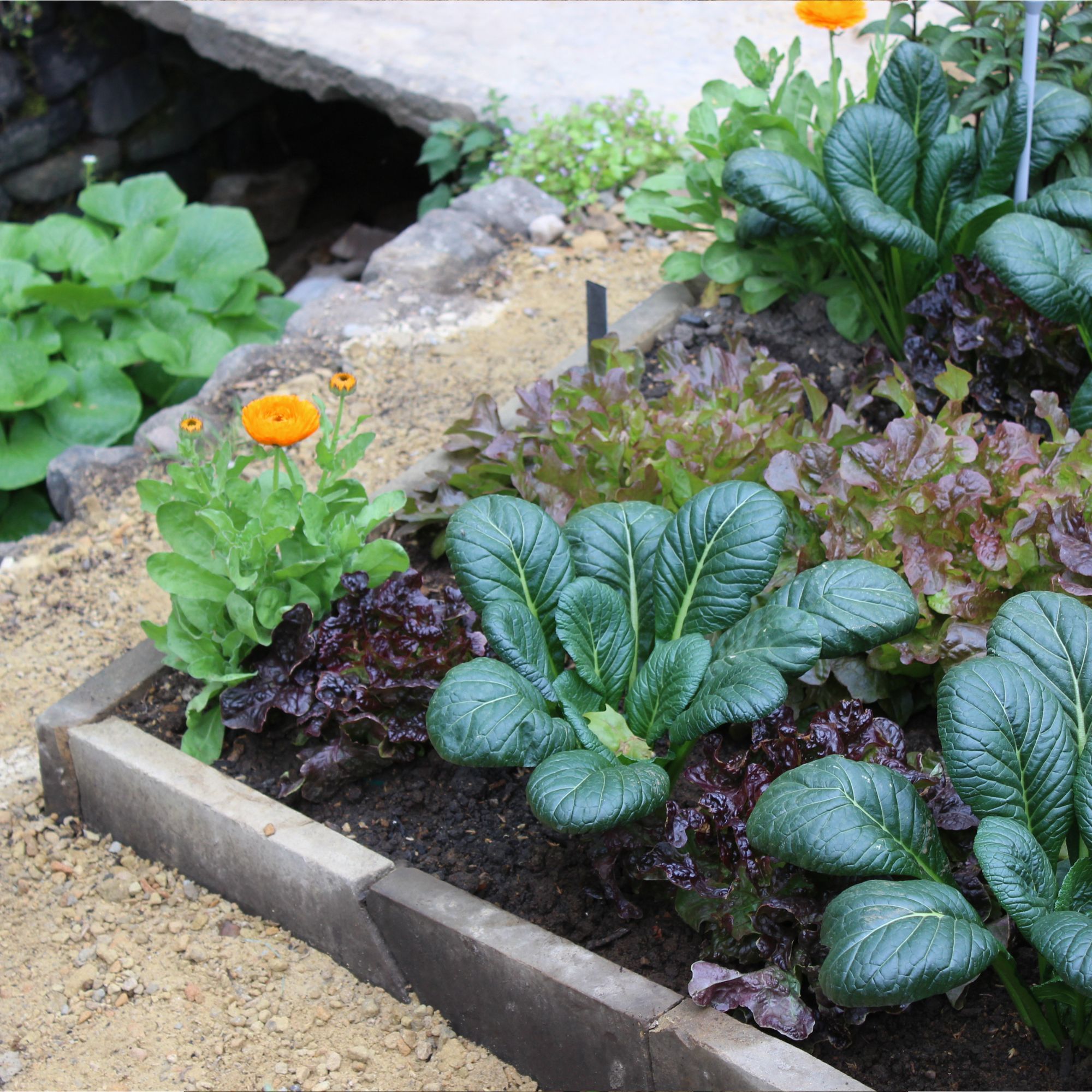
To achieve this, Jon adds, 'we planted some fantastic perennial edimentals [that] you can just cut and harvest again and again.
'They're always going to be here.'
Edimentals to plant in your flower beds
Of course, growing edimentals isn't exactly a new concept. As Dan Ryan, parks and garden manager for The Gatton Trust points out, 'they were growing beautiful vegetables in mixed beds long before the days of Instagram.'
'Look up the French potager style of garden,' he adds meaningfully, referring to the traditional jardin de curé's romantic, informal style that allows vegetables, fruit, flowers, and herbs to coexist.
With that in mind, then, here are some of the prettiest vegetables to add to your list of garden border ideas.
1. Nasturtiums
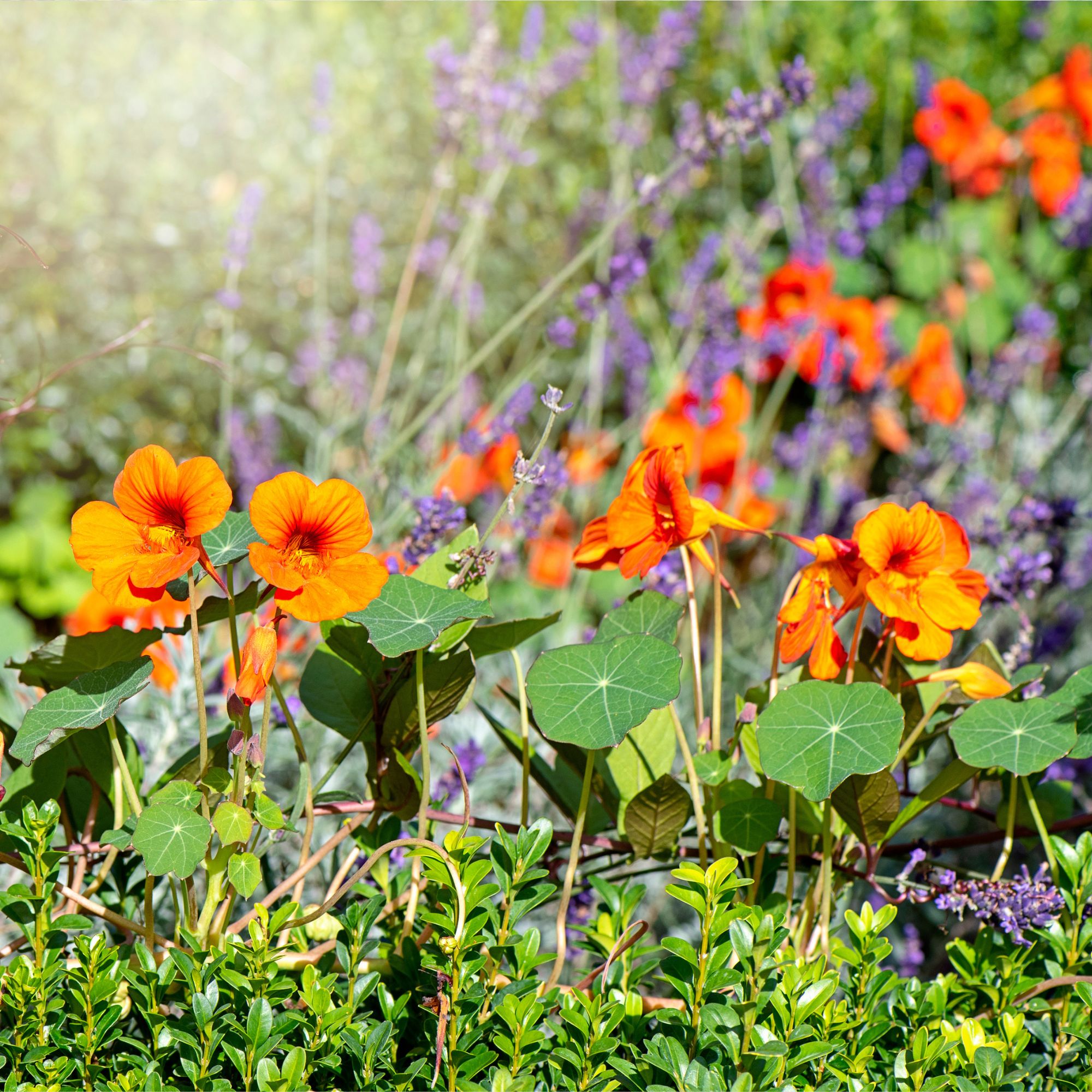
'A popular edimental favourite are Nasturtiums (Tropaeolum majus) because of their versatile peppery flavour, says Chris Francis, director of Hillier Garden Centre.
'They are one of the quickest and easiest annuals to grow and come in a variety of shades, from a light yellow to a vibrant orange and a dark crimson. The Nasturtium Firebird mix are perfect to add a striking pop of colour to a hanging basket or the Milkmaid variety provide a more neutral palette.
'Every part of the plant can be eaten, the flowers are the ideal salad addition, and the leaves can replace basil in a traditional pesto recipe.'
2. Swiss chard
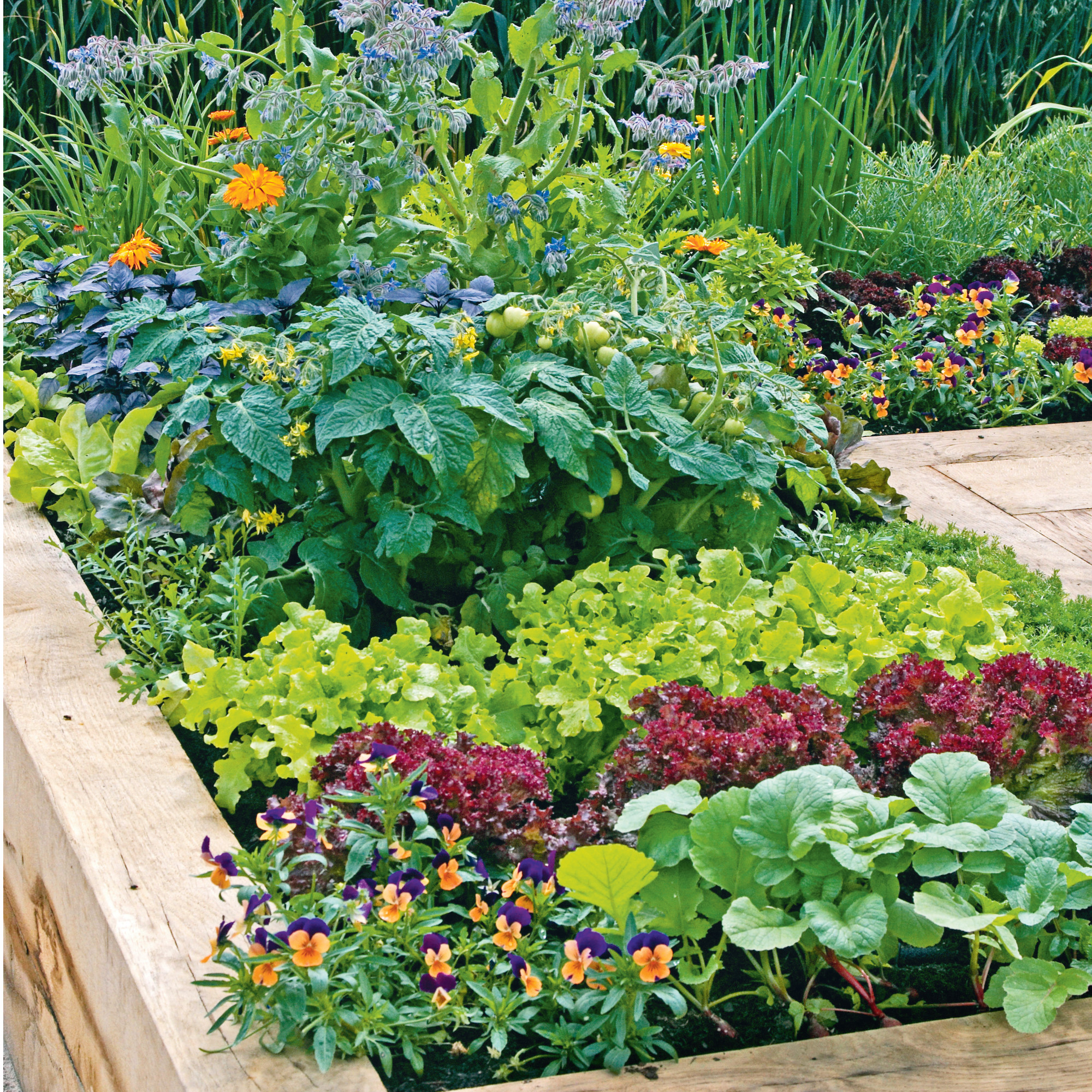
Swiss chard is, on paper, known as a leafy green. In reality, though, their showy stems come in a bold and beautiful spectrum of colours, from candy pink to cherry red. What a brilliant way to add some colour to your vegetable plot, eh?
3. Globe artichokes
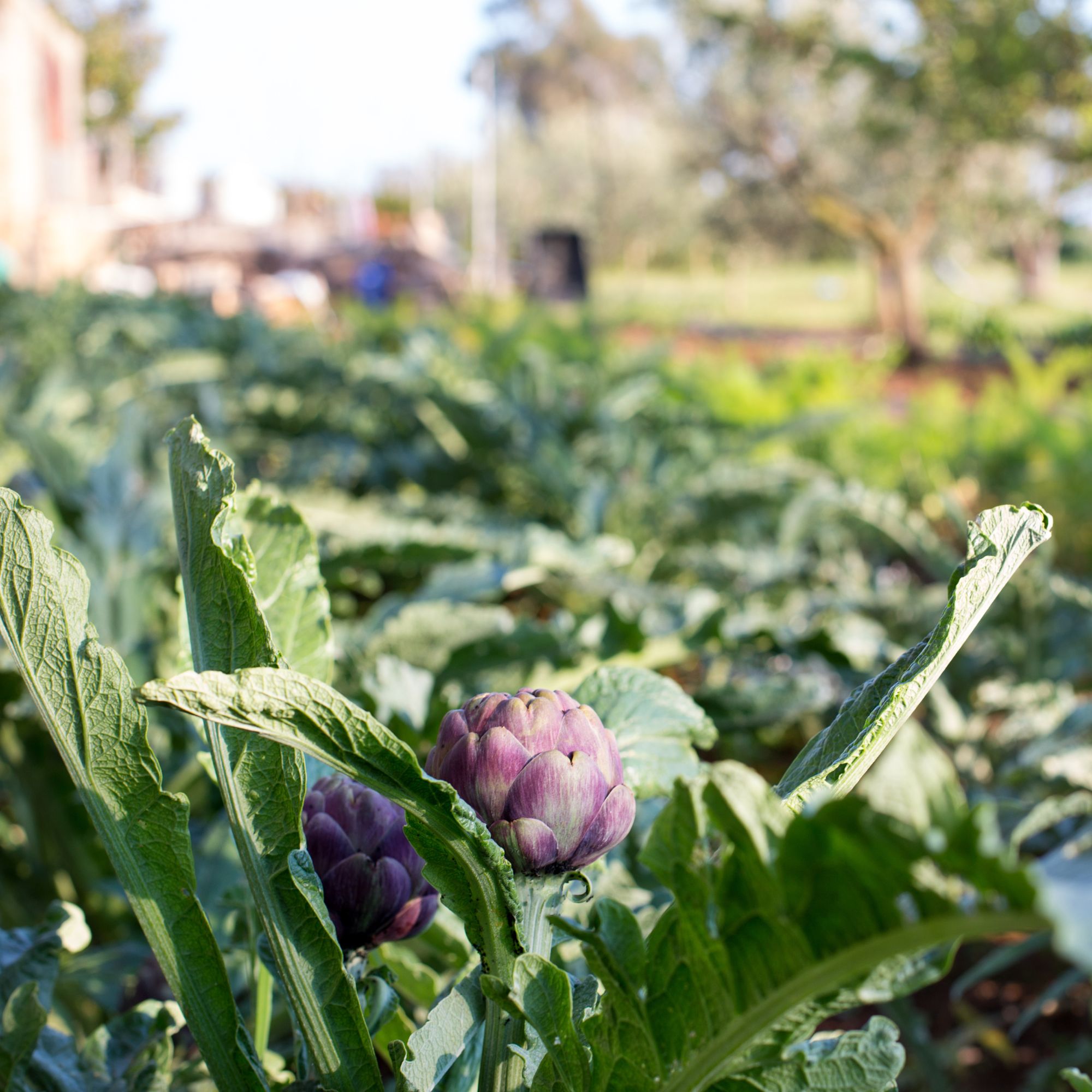
'Globe artichokes can be both costly and difficult to find in some supermarkets, so growing your own can be not only cost-effective but also a decorative addition to a kitchen garden,' says Chris.
'Their eye-catching buds are mainly free from all pests and contain antioxidants and probiotics that can protect the liver, gut, and cardiovascular systems.
'These perennials have flexible uses and are great as a pizza topping, in pasta dishes or paired with a meat dish.'
4. Chicory

Whoever knew that chicory was quite so beautiful? With blue flowers on graceful stalks, this edimental's slightly bitter leaves are packed with nutrients: cook them up as a green vegetable, or use them in salads.
5. Garlic chives

'If you’re looking for an all-round herb that can elevate almost any dish, garlic chives are a great choice,' says Chris.
'Ideal for border planting or growing in small containers, the herb is easy to look after and results in a pretty, star shaped bloom.
'Garlic chives are excellent additions to salads, stews, fish, or meat dishes and can be eaten raw or stir fried.'
6. Aubergines
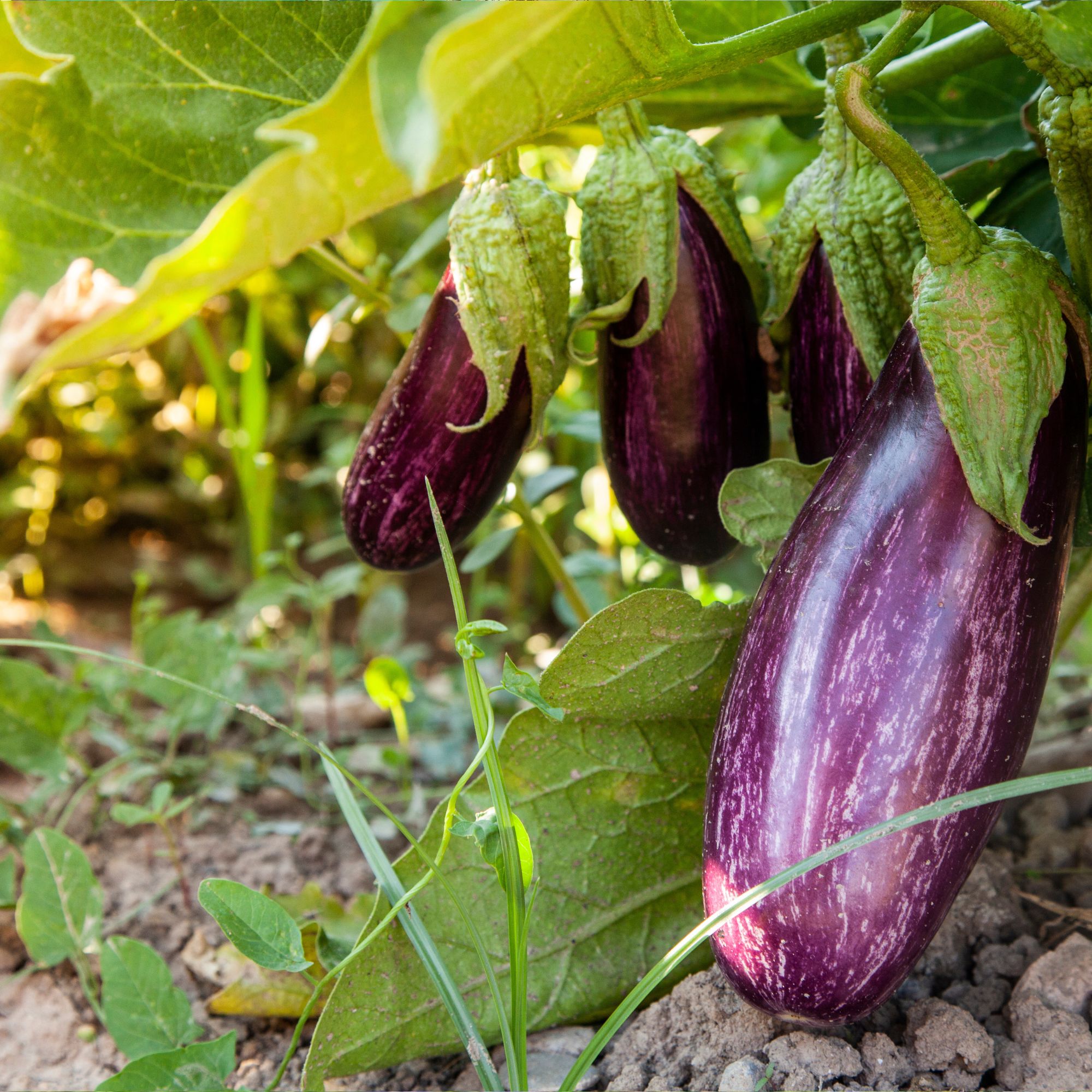
Aubergines, particularly those that yield smaller fruits, are becoming increasingly popular to grow in the UK.
Fair warning, though, as these pretty vegetables (which come in all sorts of colours, as an FYI) need lots of warmth and sun to crop successfully. Treat them as you would a particularly delicate tomato, an you'll see yourself in good stead.
7. Kalettes
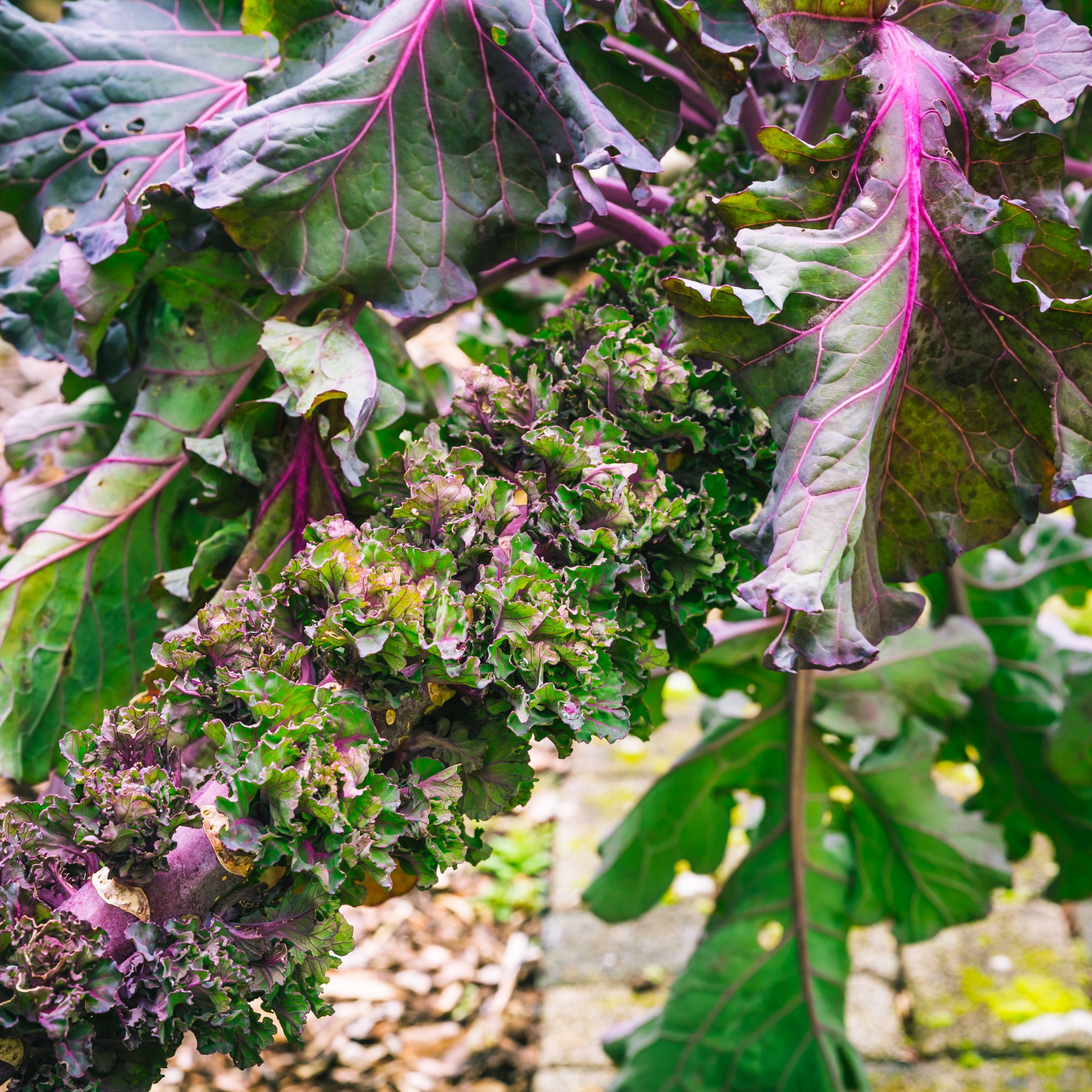
'Popular and nutritious, Kalettes are both a winter-hardy favourite and a source of Vitamin K, Vitamin C, fibre, and antioxidants,' says Chris.
'They produce attractive rosettes with pretty, frilly edges and are ideal for growing in firm ground and well-draining, heavy soil.
'This edimental combines the best characteristics of kale and Brussel sprouts to create a sweet and nutty taste for stir fries and salads.'
8. French beans
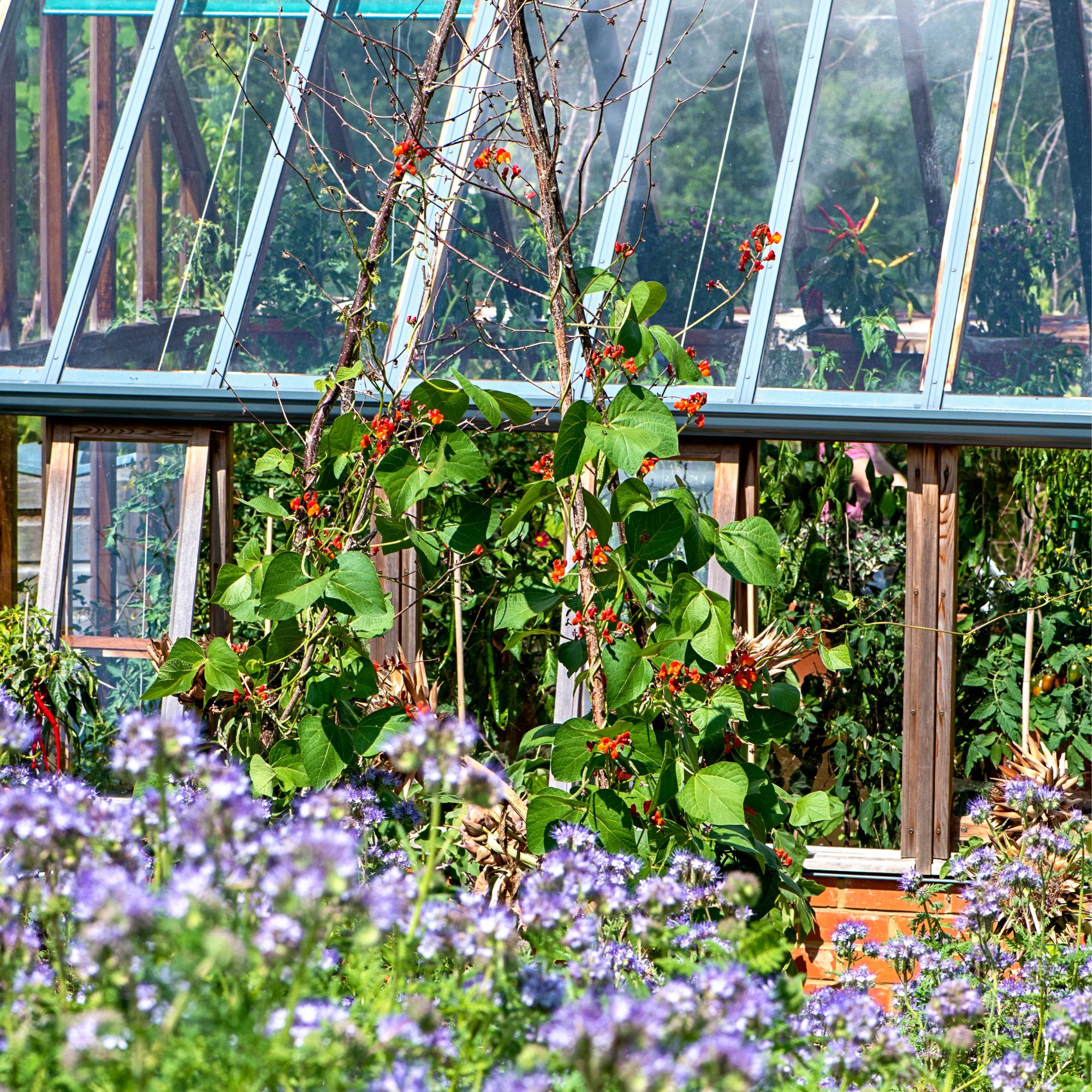
French beans are surprisingly beautiful, whether you opt to grow one of its more compact fast-cropping dwarf varieties in pots, or train a classic specimen to climb up high above your plot. Just be sure to keep yours well watered, especially once it starts flowering, and get ready for a lot of picking.
9. Hosta 'Patriot'
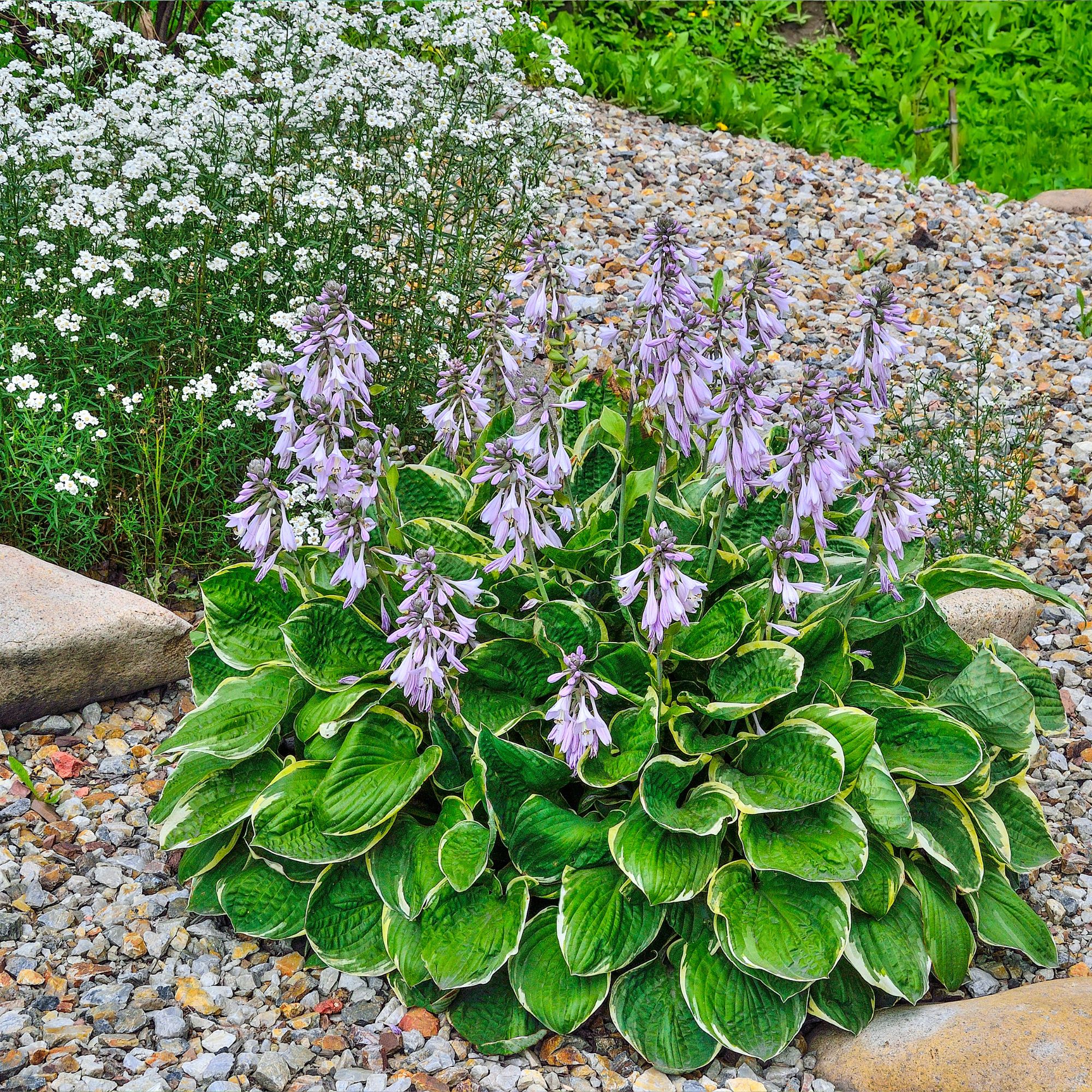
'Many gardeners are surprised to learn that Hosta ‘Patriot’ are not only edible but truly delicious,' promises Chris.
'This hardy perennial is ideal for under-planting in shady areas, and it produces attractive green leaves with bold white margins and lovely lavender flowers in the summer.
'Hosta’s new shoots can be harvested and cooked in the same way as asparagus and have a similar flavour just a tad more bitter.'
A few other edimentals to consider:
Of course, beauty is in the eye of the beholder. It might also, then, be worth considering the following edimentals when it comes to sketching out your cook's garden ideas:
- Yarrow
- Rosemary
- Society garlic
- Chives
- Apples
- Crab apples
- Tomatoes
- Peppers
- Beets
- Brassica
- Sage
- Salsify
- Carrots
Whatever you decide, remember to commit. After all, 'with the current cost of living crisis and increased concerns about food security, growing your own edible plants is the perfect way to reduce your supermarket bill and ensure a regular supply of herbs or vegetables are just a few feet away from your kitchen,' says Chris.
'Edimental plants are both a source of nutrition and visually appealing, making them the perfect garden additions to create a productive yet beautiful landscape.'
What is the meaning of edimentals?
Edimentals are, essentially, plants that are both edible and ornamental – or beautiful and delicious, if you prefer. Think the bright reds of a Swiss chard, the white blooms of a garlic chive, or the deep purple of a homegrown aubergine.
Can you eat marigolds?
Marigolds are an excellent example of an edimental, as their bright orange-yellow petals have a citrusy flavour, making them an excellent addition to salads. They are great companion plants for numerous flowers, veggies, and herbs, too, as they help to repel certain pests (and attract helpful pollinators, like bees).
What is the prettiest vegetable?
Beauty is subjective, but plenty will agree that Swiss chard is one of the prettiest vegetables around. its bright spectrum of colours and nutrient-dense leaves make it a truly brilliant example of an edimental.







